Turkic unity: Priorities, obstacles, future prospects Analysis by The Diplomat
The Diplomat magazine has published a feature covering the activities of the Organization of Turkic States. Caliber.Az reprints some excerpts of the article.
“On October 6-7, leaders from Azerbaijan, Kazakhstan, Kyrgyzstan, Turkiye, and Uzbekistan will convene in Gabala, a mountain town in northern Azerbaijan, for the 12th summit of the Organization of Turkic States [OTS].
‘It’s one of the most beautiful places in the Caucasus,' Azerbaijani Ambassador to the United Kingdom Elin Suleymanov told The Diplomat. ‘It also has amongst the very best fruits in the country. And definitely the best pickles!’
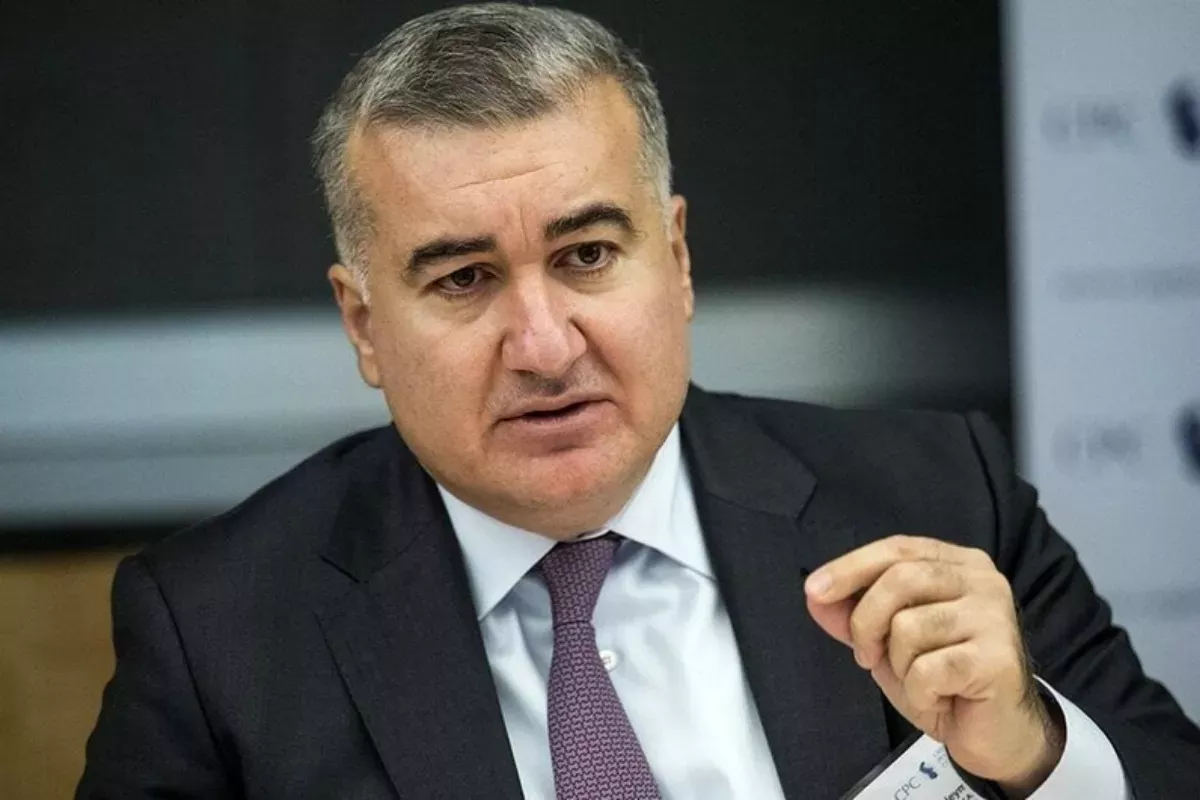
The summit follows the September meeting of vice ministers in Bishkek and will see Azerbaijan take on the rotating presidency of the transnational organization. In addition to the five core members, Hungary, Turkmenistan, and the Turkish Republic of Northern Cyprus will be present in Gabala as observer states.
Although the OTS headquarters is a modest red-brick building in Istanbul, the body now oversees a network of cultural initiatives, academic exchanges, and a common history textbook. Most recently, it has launched its own investment fund.
A Fraternal History
When the Soviet Union collapsed in 1991, the idea of fraternal Turkic peoples gained new momentum. At the 2009 Nakhchivan summit, the current institution took shape. Then known as the Turkic Council, it was rebranded the Organization of Turkic States in 2021.
Language and Education
Today, the OTS focuses on practical steps toward cooperation. This includes a move taken in 2024 to institutionalize a 34-letter common alphabet based on the Latin script.
Educational cooperation has been one notable area of success. Work began on a shared “Common Turkic History” textbook in 2014, an attempt to unify the region through shared collective memory. Suleymanov, the Azerbaijani ambassador to the U.K., also noted that Uzbekistan and Kazakhstan were the first to fund new schools in the liberated territories of Azerbaijan in 2023.
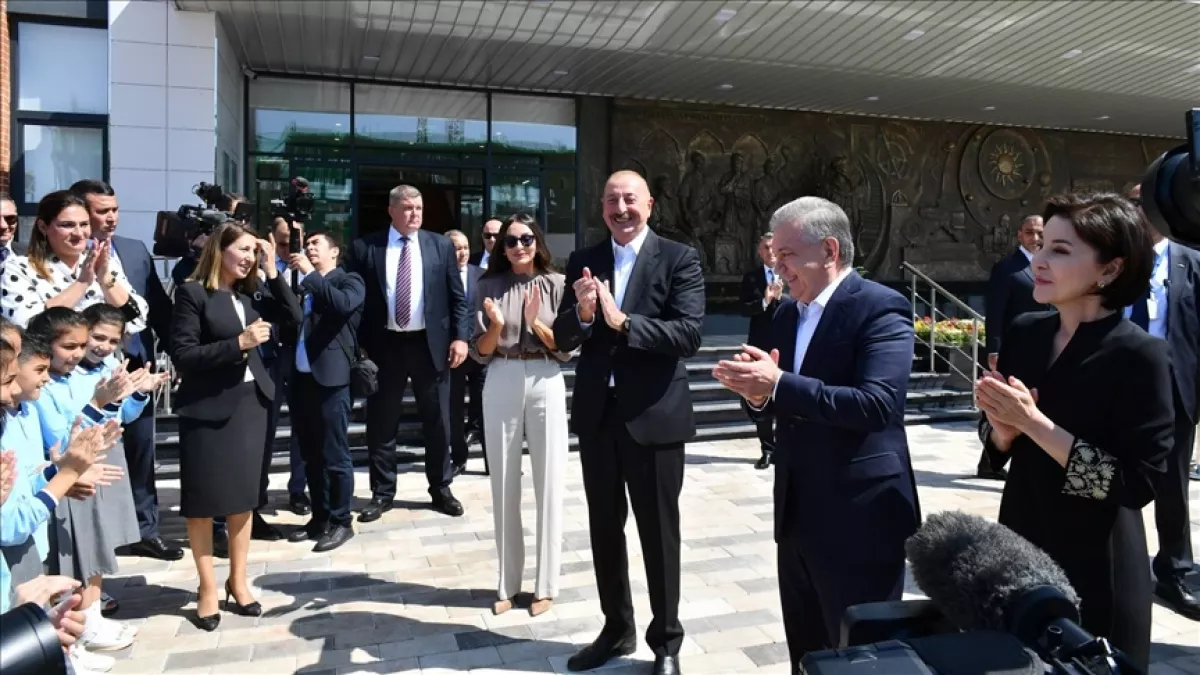
But the major impetus has stemmed from public and private initiatives from Turkiye, which have supported dozens of schools and universities across Central Asia since the early 1990s. This includes many schools and universities such as Suleyman Demirel University in Almaty and Atatürk-Alatoo University in Bishkek.
Economic Ties
The OTS took a large step toward institutionalizing its economic ties in 2024 when The Turkic Investment Fund (TIF) began operation.
According to its mission statement, the TIF is designed to foster ‘economic cooperation, increasing intra-regional trade and sustainable development across the Turkic world.’ The fund’s capital, currently $600 million, is set to grow to around $3 billion over the next five years.
The fund presents itself as trying to complement other projects. For many members, transport is the central concern, with the Trans-Caspian Middle Corridor becoming a shared focus. Running from Central Asia, across the Caspian to the South Caucasus and Turkiye, the corridor aims to triple its capacity by 2030.
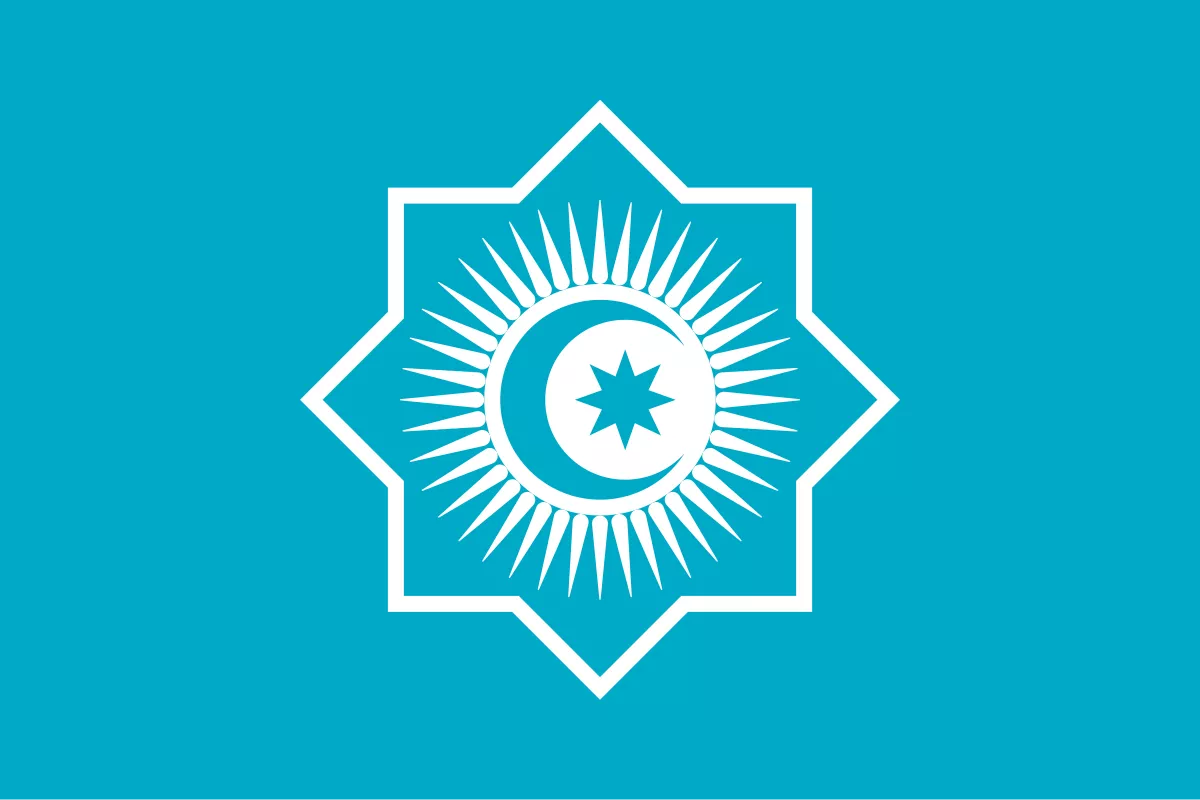
Some concrete progress is already in evidence. The Baku–Tbilisi–Kars railway opened in 2017 and was again modernized in 2024, while work continues on increasing capacity at ports on the Caspian.
Obstacles
As a bloc, further integration of the OTS faces some obvious constraints. Each member is tied into other international arrangements: Turkiye belongs to NATO, and Kazakhstan and Kyrgyzstan to the Eurasian Economic Union and the Russia-led CSTO.
These overlapping memberships complicate customs and trade.
Further, the Turkic world’s powerful regional neighbors are unlikely to treat steps toward Turkic unity without suspicion.
The Road Ahead
For Suleymanov, this misses the point about what the OTS is seeking to achieve.
“If you look at the world today, everything is boiling. You look to the north, there’s instability between Ukraine and Russia. You look to the south, there’s an ongoing tragedy in the Middle East. So I think the world should value the Organization of Turkic States. We want to promote education, cultural exchange, economic integration. And not only for us – this could benefit our neighbors. It already benefits Georgia and hopefully will benefit Armenia.”
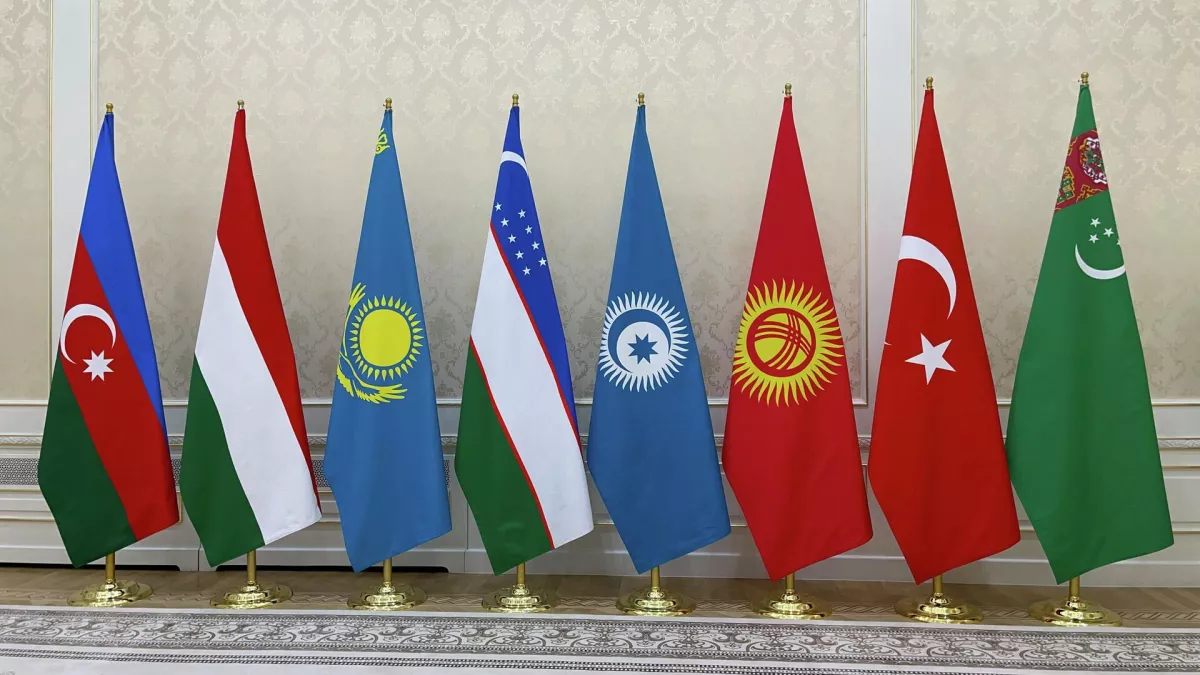
One tailwind behind the OTS is that it seems to have secured the blessing of Western powers. There is strong U.S. interest in the Zangezur Corridor. The Trump Route for International Peace and Prosperity [TRIPP] tentatively agreed to at an August 8 meeting in Washington between the prime minister of Armenia and the president of Azerbaijan, would aim to connect the Turkic world across Armenian territory.
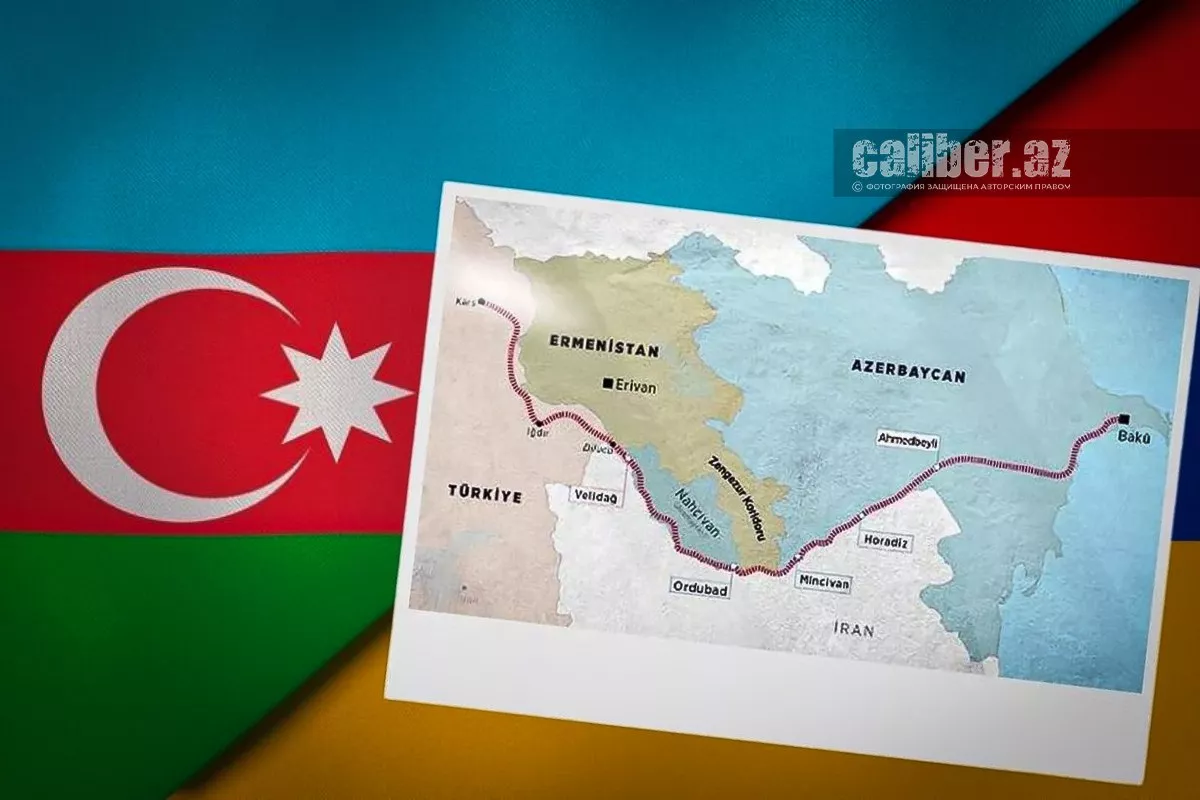
“The final signing of the peace agreement, of course, would require the Armenian Constitution to remove any references to territorial claims against Azerbaijan,” said Suleymanov.
Nevertheless, this is only part of a wider Western interest.
“There is a consistent, strong interest from the U.S side,” said Suleymanov, who previously served as ambassador to the United States. “And we see similar interest from the U.K. too.”
Still, the OTS has already given the Turkic states a collective platform in an era when regional influence is often contested.
“We have no other family. Our family is the Turkic world,” said Azerbaijan’s President Ilham Aliyev last year,” the article reads.








